

Houghton
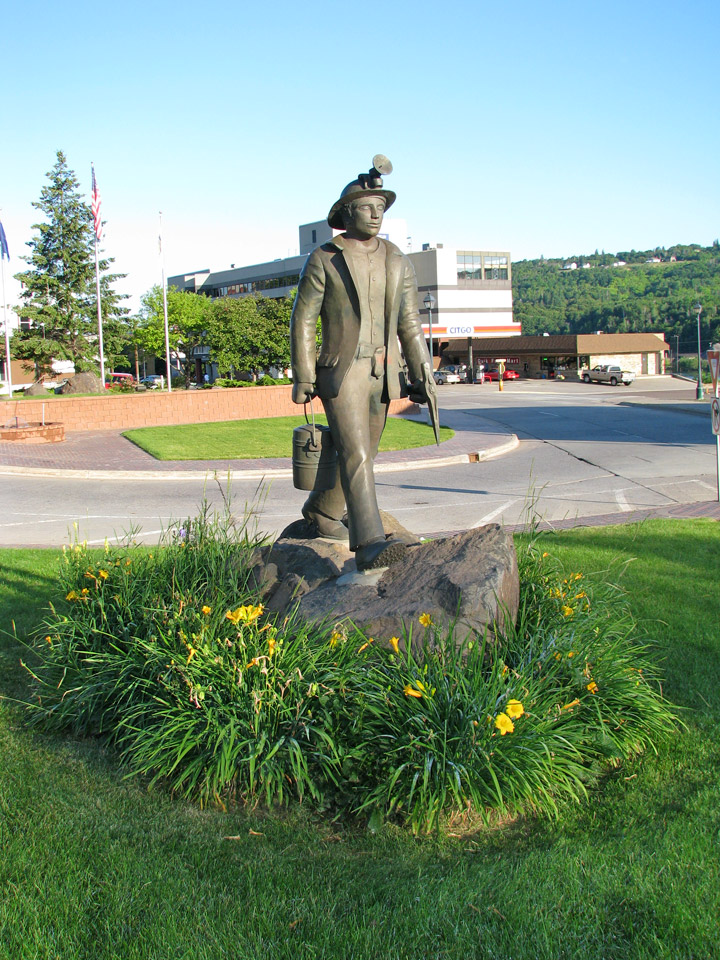
Copper Miner
Houghton is a city in the U.S. state of Michigan's Upper Peninsula and largest city in the Copper Country on the Keweenaw Peninsula. As of the 2000 census, the city population was 7,010. It is the county seat of Houghton County. It has been listed as one of the "100 Best Small Towns in America."
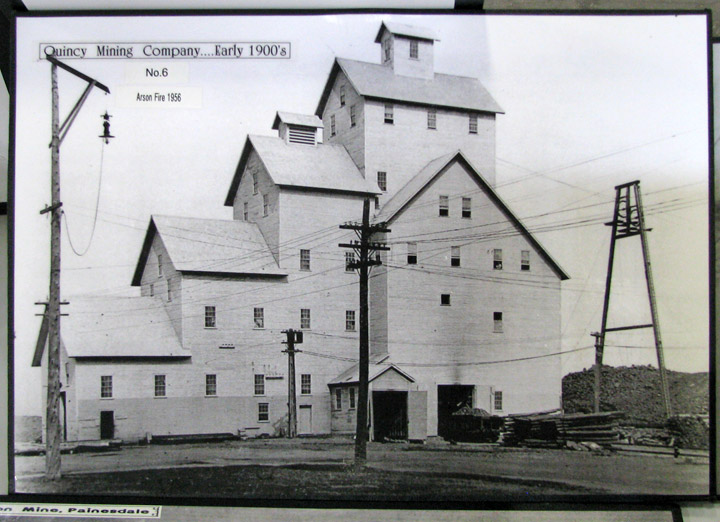
nearby Quincy Mining Company
Houghton is sometimes confused with, or thought to be close to, Houghton Lake; the latter is actually located in the state's Lower Peninsula. Due to its location in the northwestern portion of the Upper Peninsula, Houghton is isolated from the state's most populous areas. It is farther to travel from Houghton to Detroit than it is from Detroit to Washington, DC, or Louisville, Kentucky.
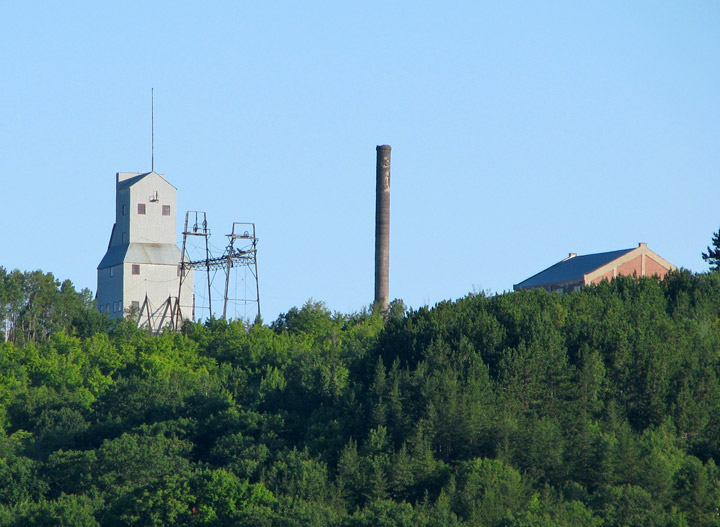
remnants of the mine looking to the hills across Portage Lake
Houghton was named after Houghton County, which was named after Douglass Houghton.
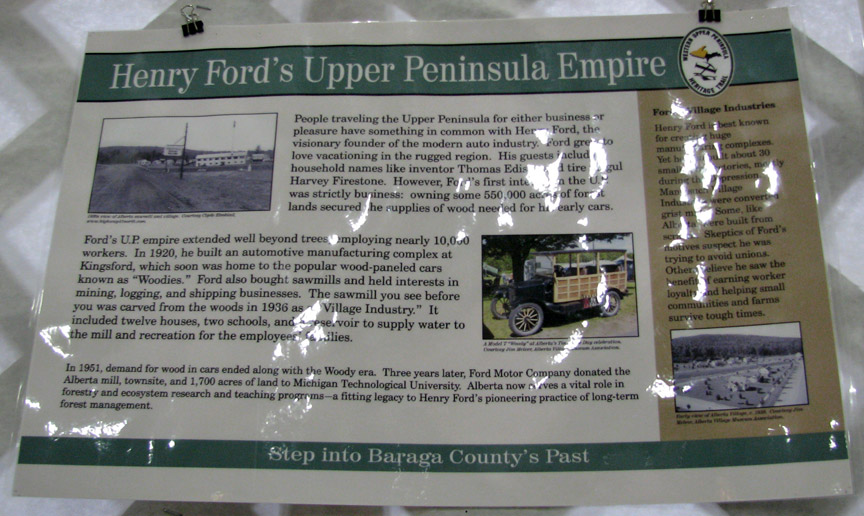
the Upper Peninsula provided the wood for Ford's "Woodies"
The area lends itself to a wide variety of outdoor sports, both winter (ice hockey, Nordic and Alpine skiing, figure skating, and snowmobiling) and summer (trail running, hiking, camping, kayaking, sailing, windsurfing and road and mountain biking).
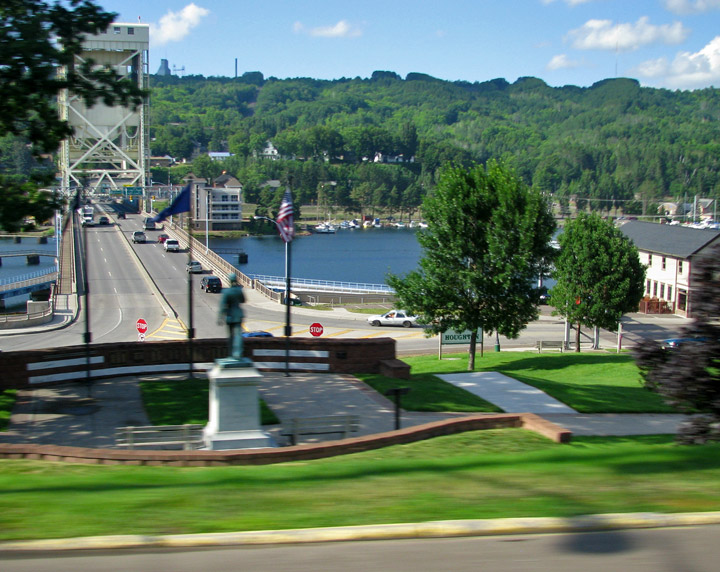
Portage Lake Lift Bridge
More Photos of the Portage Lake Lift Bridge
Despite the common belief that Douglass Houghton was the discoverer of copper in the area, Indians had mined copper in and around what would later be Houghton thousands of years before European settlement. "French explorers had noted... [its] existence [in the area] as early as the seventeenth century, [and in] 1772 Alexander Henry had prospected for copper on the Ontonagon River near Victoria." When Horace Greeley said, "Go West, young man" he was referring to the copper rush in "Michigan's western Upper Peninsula.".
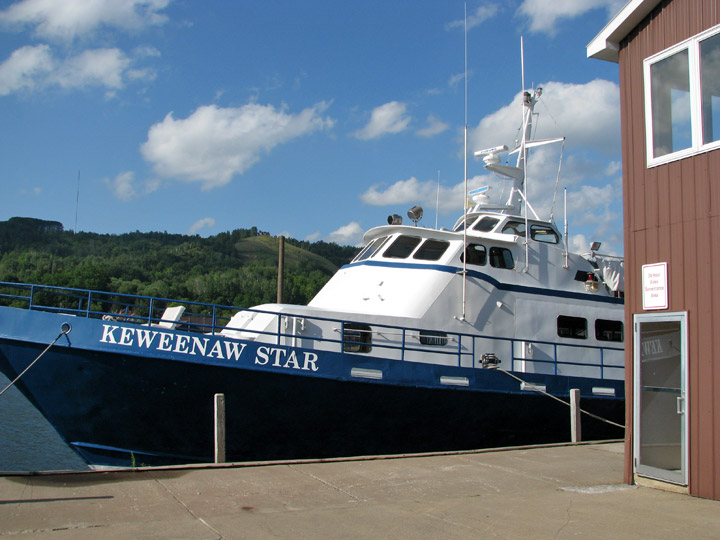
the Keweenaw Star provides cruises on Portage Lake and Canal
More Photos of Portage Lake and Canal
Many Cornish and Finnish immigrants arrived in the Houghton area to work in the copper mines; both groups have had a great influence on the culture and cuisine of the local area. Smaller numbers of French-Canadian immigrants moved to Houghton, while more of them settled elsewhere in Houghton County.

The last nearby mines closed in the late 1960s, but a school founded in 1885 by
the Michigan State Legislature to teach metallurgy and mining engineering, the
Michigan College of Mines, continues today under the name of Michigan
Technological University and is the primary employer in the city. MTU has a
reputation for being a good value in education and attracting engineering and
science students who like the outdoors.
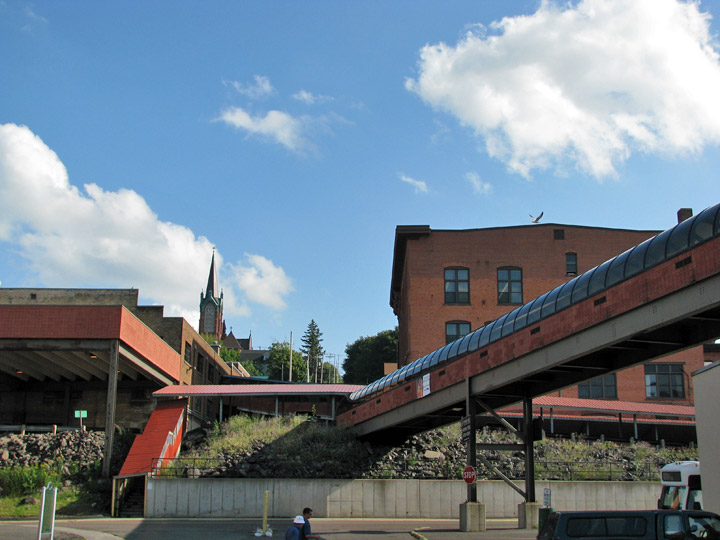
because of the deep winter snows
covered walkways connect many of the buildings
The first known European settler of Houghton was named Ransom Sheldon, who set up a store named Ransom's near Portage Lake, though it is unclear whether this was in the same building as the 1852 Shelden and Shafer drugs, sometimes described as "the first commercial building constructed in Houghton," which Sheldon owned with his son Ransom B. The main street of Houghton, variously called "Sheldon Avenue," Sheldon Street and Shelden Avenue, is named for him. In the 1970s the construction of a parking deck and the connection of downtown stores to create Sheldon Center significantly changed the downtown.
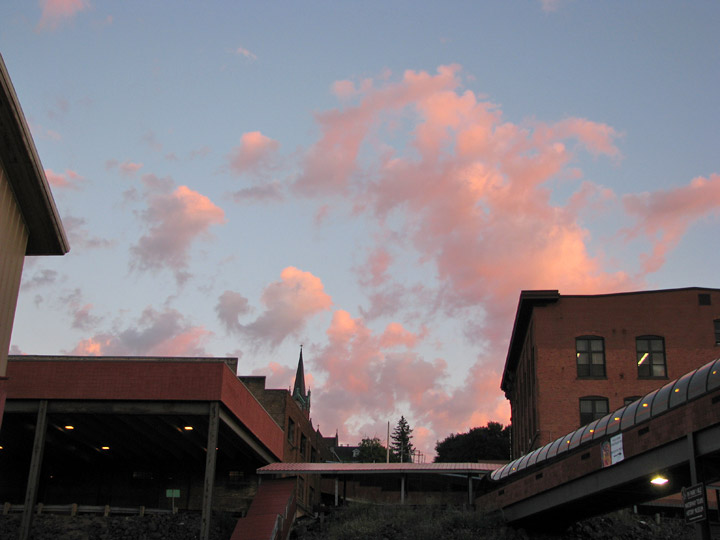
an evening view
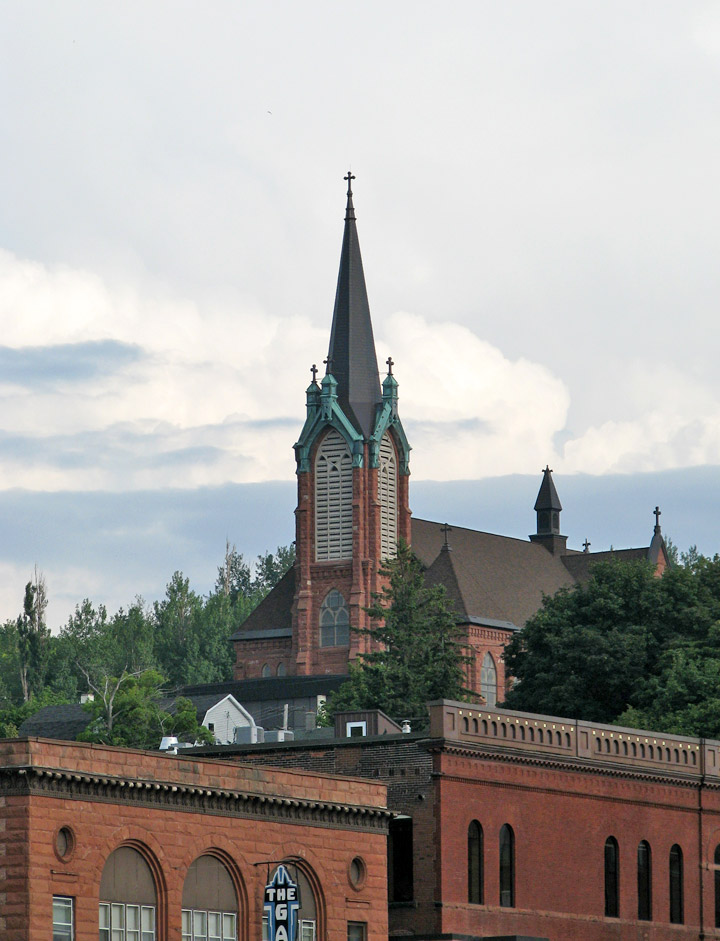
Houghton gained in importance as a port with the opening of the Keweenaw
Waterway in 1873; the waterway being the cumulative dredging and extension of
the Portage Lake, Portage Shipping Canal and Lily Pond so as to isolate the
northern part of the Keweenaw Peninsula into Copper Island.
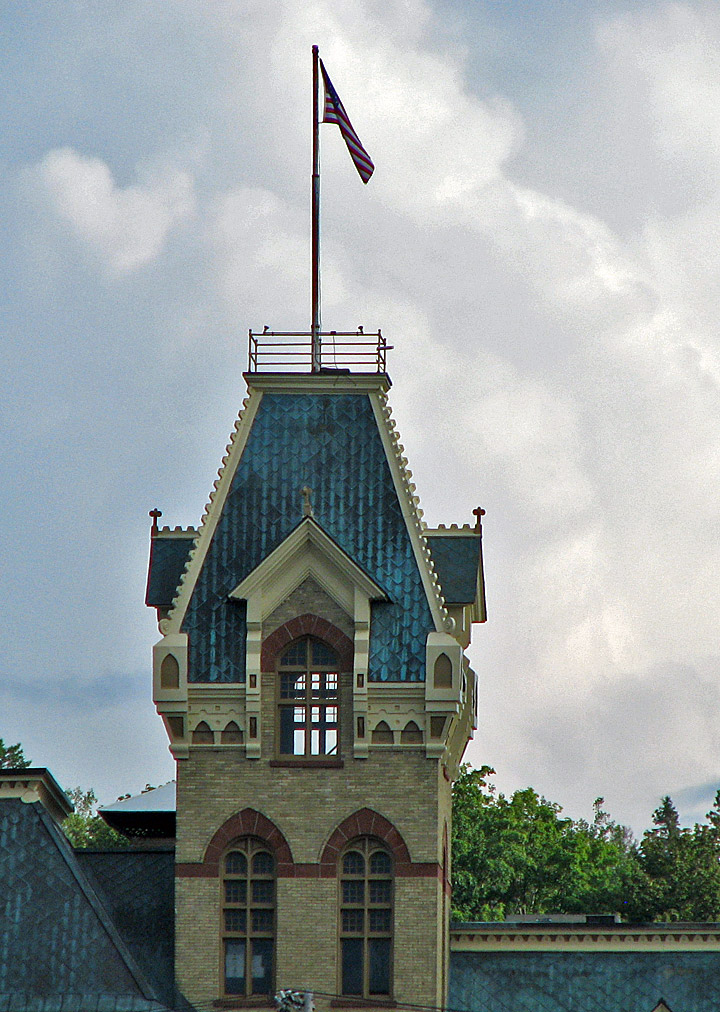

downtown offices
In 1854, Ernest F. Pletschke platted Houghton, which was incorporated as a village by Sheldon, C[hristopher] C[olumbus] Douglass and Capt. Richard Edwards three years later. In Houghton's first days it was said that "only thieves, crooks, murderers and Indians" lived there. The postwar boom and increasing demand for copper wiring fueled the development of Houghton in the 1860s and 1870s.
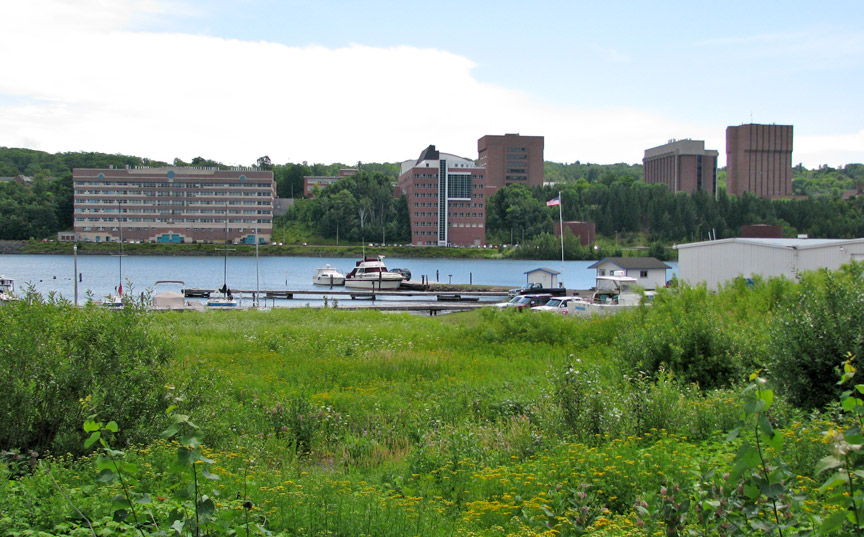
Michigan Technological University
By 1880 Houghton had become "a burgeoning city" and in 1883, the railroad was extended from Marquette.
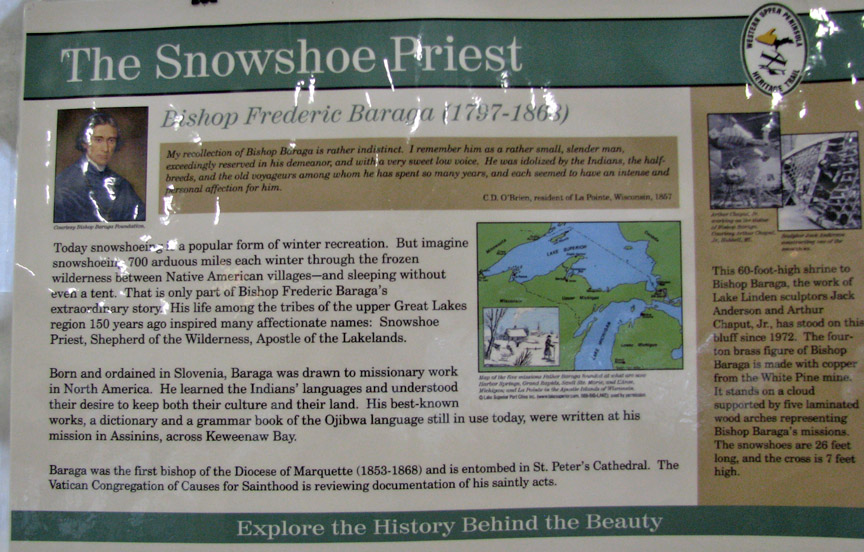
the snowshoe priest, Father Baraga
1909 saw the founding of what would later become Portage Lake District Library.
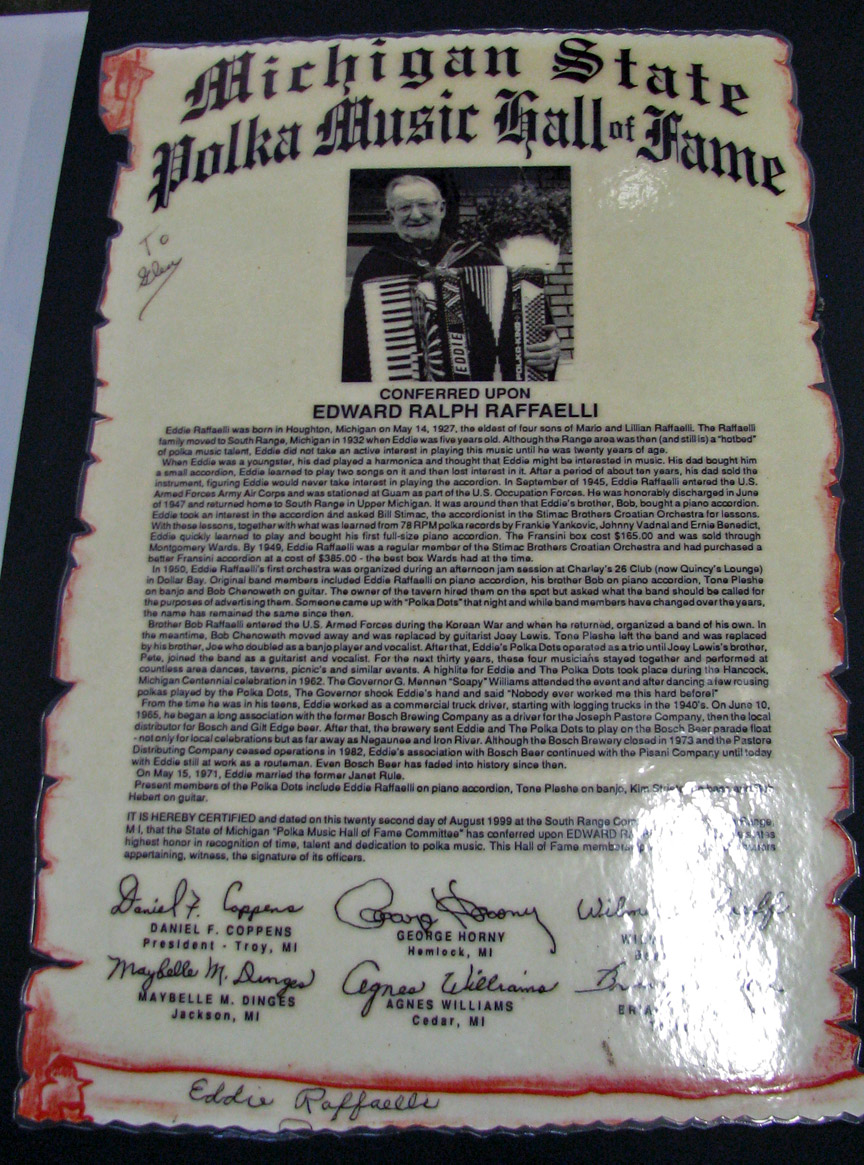
a great polka town
In 1913, there was a bitter strike of copper miners in the area. The Michigan National Guard was called in after the sheriff petitioned the governor.
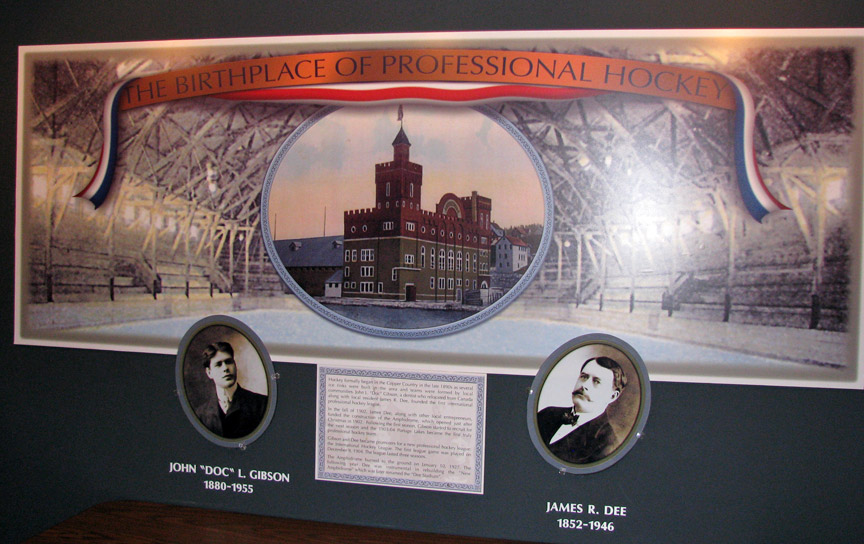
The Birthplace of Professional Hockey
Houghton was the birthplace of professional ice hockey in the United States when the Portage Lakers were formed in 1903. Houghton is the home of the Portage Lake Pioneers Senior Hockey Team. The team's home ice is Dee Stadium, named after James R. Dee. Dee Stadium was originally called the Amphidrome, before it was severely damaged in a 1927 fire. (The stadium also contains a skatepark for skateboarding.)
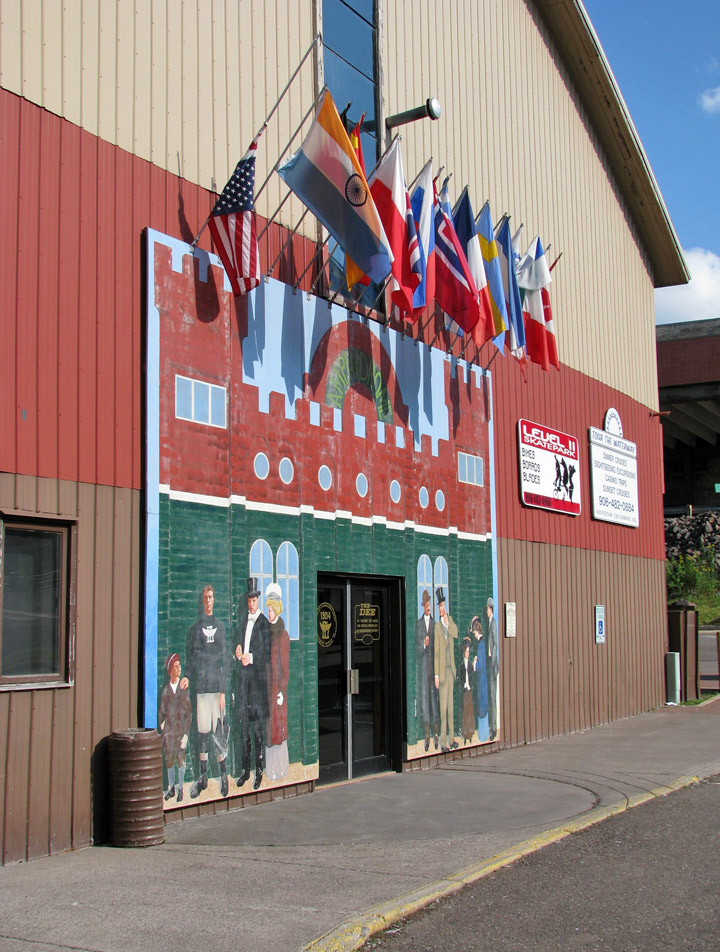
entrance to Dee Stadium
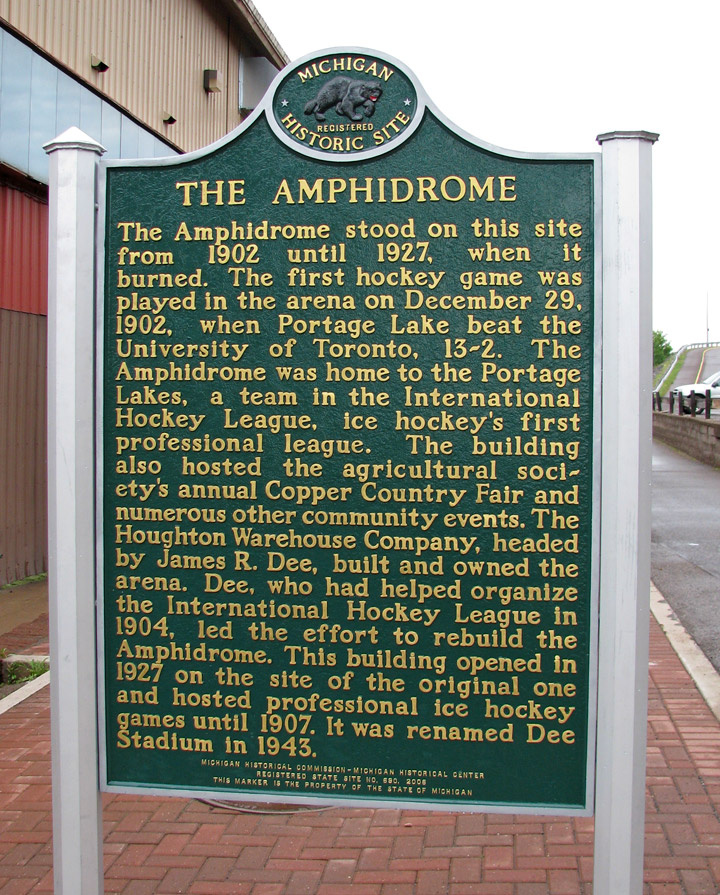
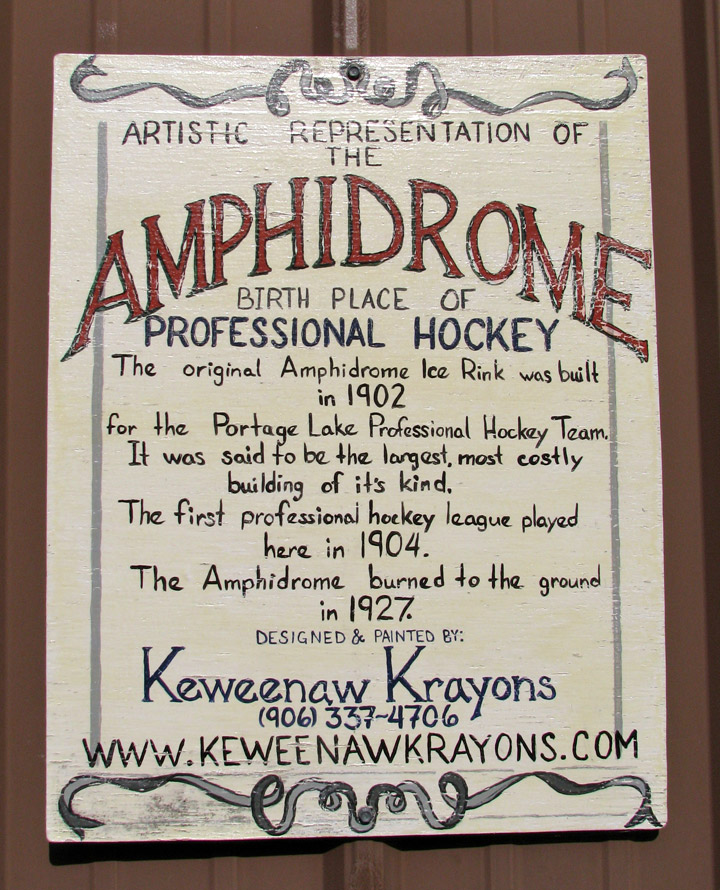
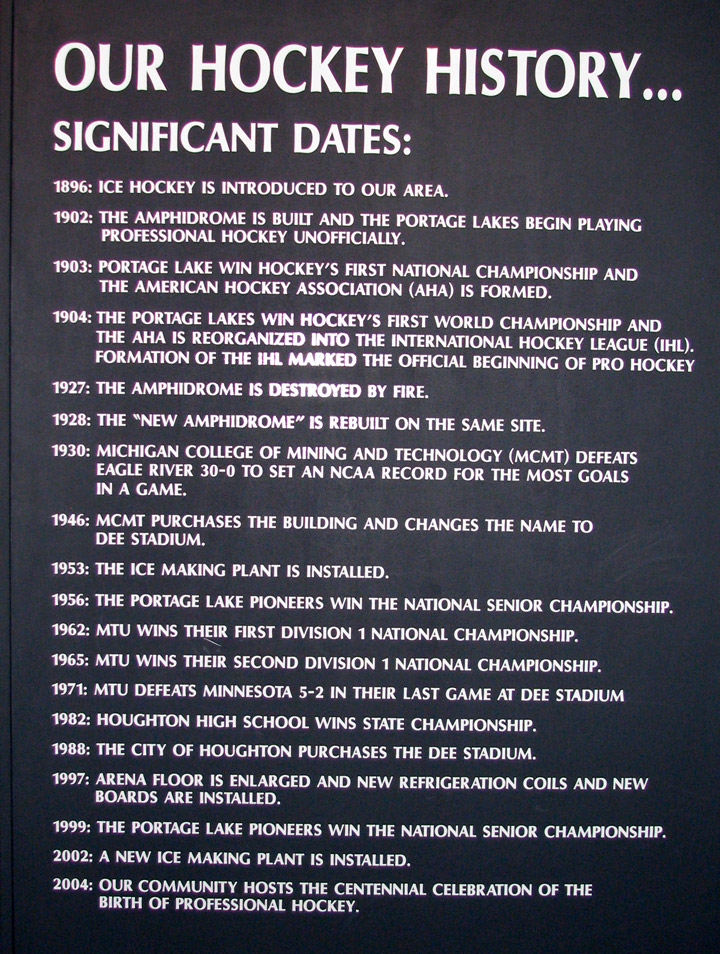
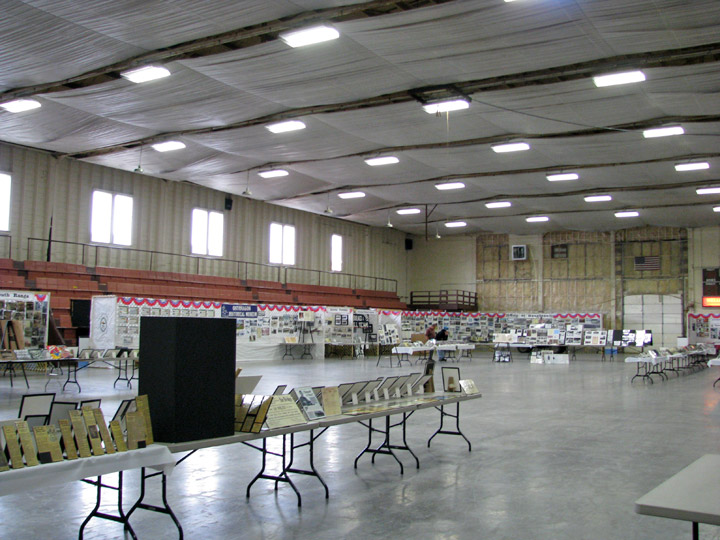
interior of the Dee Stadium
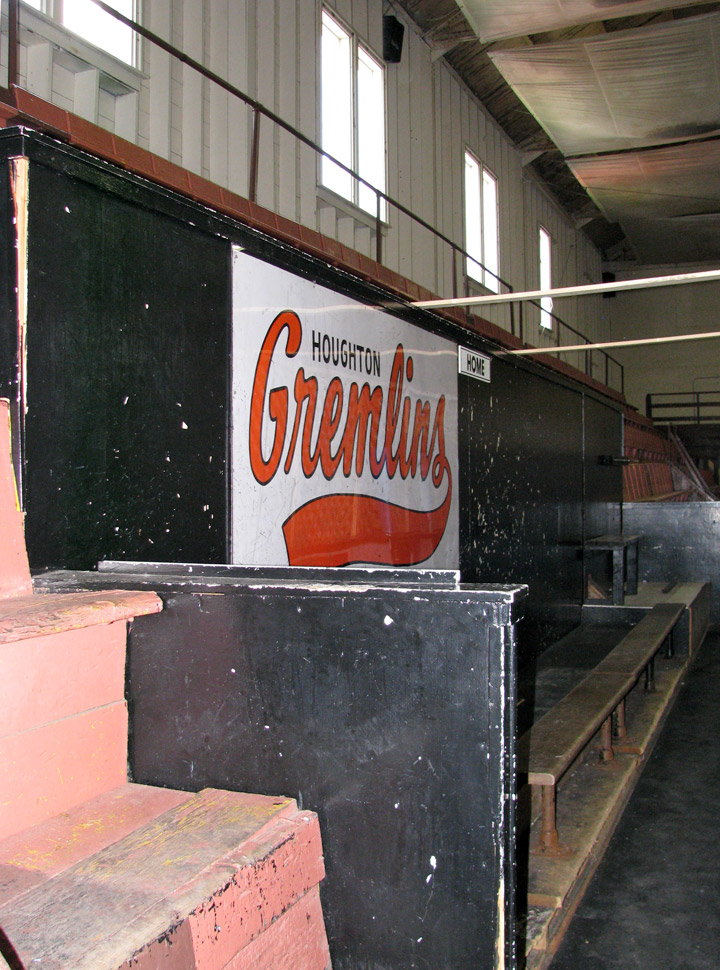
Home of the Houghton Gremlins High School Ice Hockey team
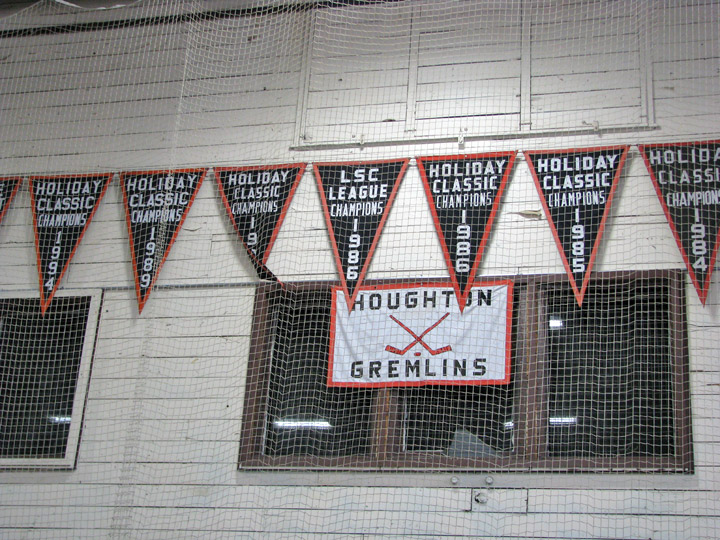
the Champion banners
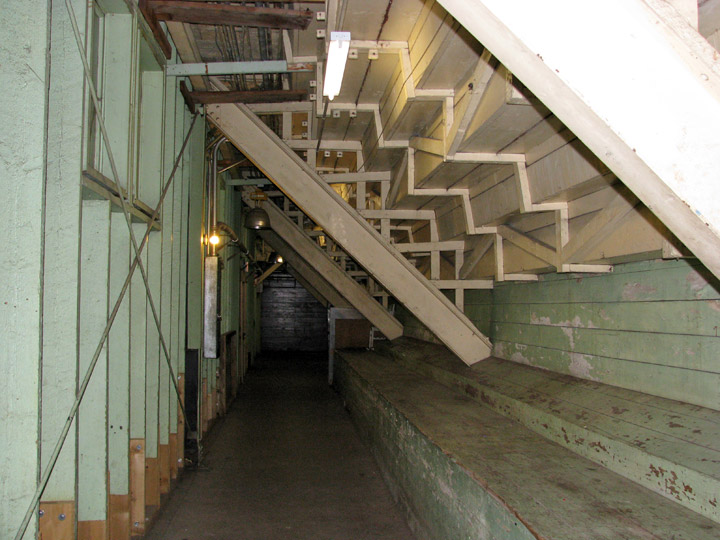
behind the standsigh School Ice Hockey team

the Champion banners

behind the stands
In the winter of 2001, Houghton was the site of one of the first lumitalos (Finnish temporary snow houses) to be constructed in the United States.
Text from Wikipedia